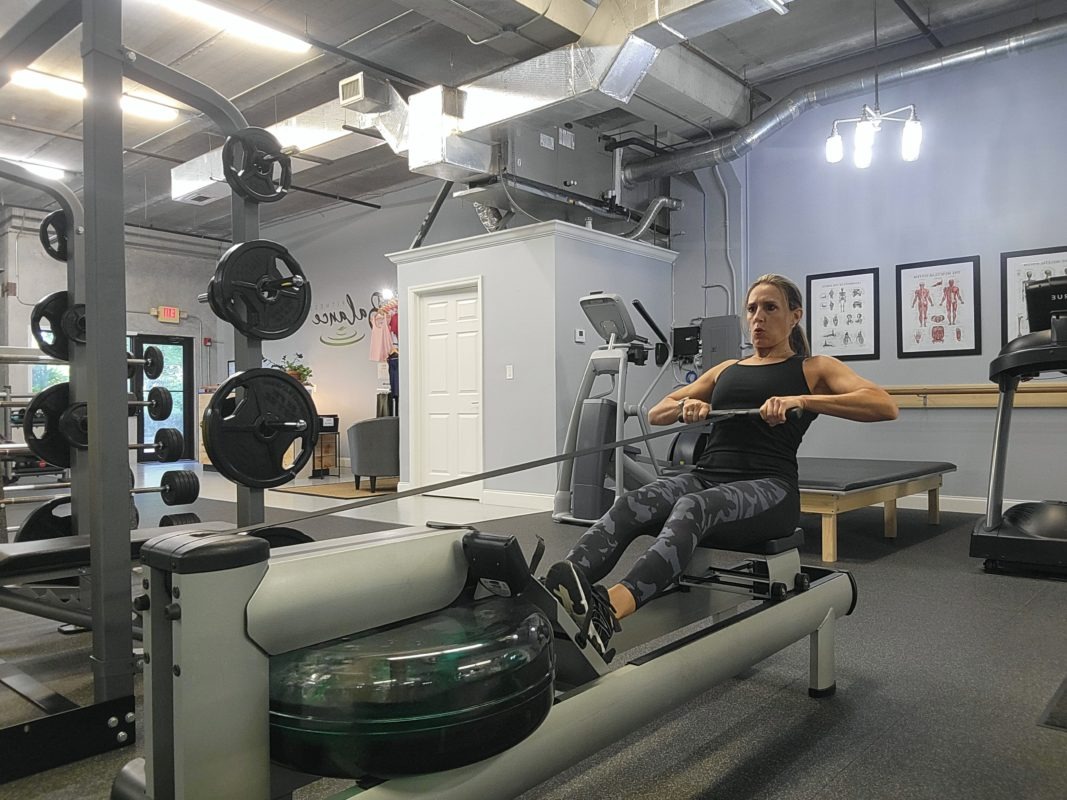Fitness
Rock Your Next Rowing Workout!
Are you ready to rock your next rowing workout? As a fantastic way to improve cardiovascular fitness without the impact of running, rowing can be done by almost anyone, at any fitness level, with a few simple techniques. There are proper rowing biomechanics and some important console feedback that will help keep your rowing workout enjoyable and injury free.
- 60/20/20 (60% legs, 20% core/hips, 20% arms)-this refers to how much energy output you can expect to give from each part of your body. Notice that 60% should be coming from your legs!
- The stroke is made up of four parts: Catch, Drive, Finish, and Recovery
- The catch is (if rowing on the water) the point at which your oars enter the water. You feel the resistance begin and are at the front of the stroke. The hips, knees, and ankles are in their deepest flexion (most bent) position.
- The drive is the part where you push with your legs to get the boat to move on the water. How hard you push with your legs and transmit power to the machine will be reflected in your split time (how fast you are rowing 500 meters across the water). This is where you do all the work!
- At the end of the drive is the finish. Here, you have finished the stroke and have fully extended knees, a rigid core, and bent arms. In the water, this is where the oar comes out of the water.
- To get from the finish back to the catch, you must go through the recovery phase of the stroke. It is where you catch your breath and recover from all the hard work you did in the drive phase of the stroke. Learn how to master the recovery and you are on your way to rowing for longer periods of time and not hating the rowing machine.
- The torso should finish the drive at 11:00 position, and return to having the shoulders forward of the hips prior to heading into the catch (aim for 1:00 position)
- On the console, watch:
- SPM (strokes per minute)-Do not rush this
- Split time-how long it takes to row 500m
- Lower SPM + Higher Split Time = MORE POWER!
Give rowing a try! Mix up your cardio workouts, break up the monotony, and challenge some new muscles. Rowing works your legs, arms, back, and core, and helps to improve your posture. You may just find the repetition of the movement to be a bit addictive, in a good way. And before you know it, you will feel stronger, fitter, and have an improved sense of discipline! Be safe, effective, and have fun.
